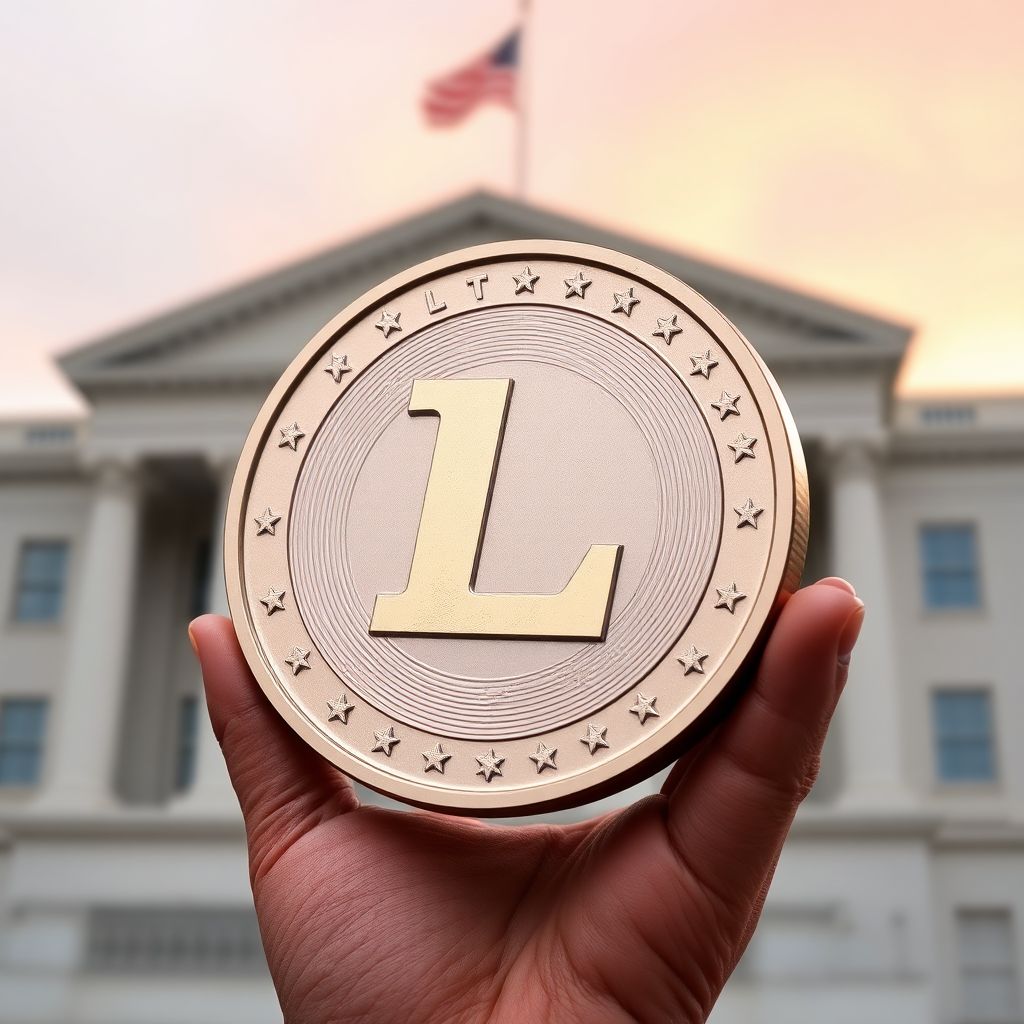Government shutdowns have long disrupted the operations of traditional financial systems, halting regulatory reviews and stalling key market decisions. This vulnerability was again on display recently when a shutdown put a freeze on the progress of several crypto Exchange-Traded Funds (ETFs), including the anticipated approval of Canary’s Litecoin ETF. While centralized markets paused, blockchain networks continued to operate without a glitch — a reminder of their resilience and autonomy.
The U.S. Securities and Exchange Commission (SEC) had just begun working more closely with ETF issuers, requesting the withdrawal of 19b-4 filings not as a rejection but as a step toward refining proposals. This regulatory dialogue was seen as a promising sign of collaboration and potential approval for more crypto ETFs. However, the subsequent government shutdown immediately derailed momentum, underscoring the fragility of centralized financial processes.
In contrast, blockchain systems remained unaffected. These decentralized platforms function independently of government schedules or administrative delays. With 24/7 operability, real-time settlements, and public auditability, blockchain offers a compelling alternative to traditional mechanisms that falter during systemic interruptions. This distinction highlights the growing need for financial infrastructure that remains functional in times of crisis.
Globally, ETFs have become a cornerstone of retail and institutional investing. According to PwC, ETF assets under management surged by 27% in 2024, reaching $14.6 trillion. Their popularity reflects investor trust, built largely on regulatory safeguards and transparency. Yet, the same centralized architecture that offers oversight also introduces bottlenecks, as evidenced by the halt in ETF approvals during the shutdown.
Major financial players like BlackRock and VanEck are driving legitimacy in the crypto ETF space. BlackRock’s IBIT ETF and VanEck’s Ethereum ETF have helped bridge the gap between traditional finance and digital assets. The SEC’s recent actions, while disruptive on the surface, indicate a softening stance toward crypto ETFs and suggest that broader adoption is on the horizon — provided regulatory frameworks evolve in tandem with technology.
Blockchain, however, offers more than just resilience; it redefines the rules of engagement. Trust in this space is not enforced through intermediaries but embedded in code. Smart contracts on platforms like Aave and Compound autonomously manage loans, interest rates, and collateral. Decentralized exchanges and stablecoins allow uninterrupted trading without reliance on banks or clearinghouses. These innovations operate on immutable ledgers that are transparent and tamper-proof by design.
Another emerging trend is onchain indexing. Unlike traditional ETFs that require custodians and regulatory approval, onchain indices automatically track asset baskets via predetermined algorithms. Every transaction is recorded on the blockchain, granting investors real-time exposure to diversified portfolios without intermediaries or trading delays. Whether mimicking the S&P 500 or targeting niche sectors within crypto, these indices provide an efficient, transparent alternative to legacy fund structures.
The convergence of traditional finance and decentralized systems is underway. Crypto ETFs represent a middle ground — combining the accessibility of traditional markets with the innovative backbone of permissionless blockchain networks. This intersection provides a pathway for mainstream investors to enter the crypto space through structures they already understand, enhancing market confidence and expanding adoption.
Still, innovation must be matched with responsibility. Blockchain may eliminate some of the inefficiencies of centralized finance, but it doesn’t negate the need for oversight. Regulators have a pivotal role in ensuring investor protection while embracing the technological benefits of decentralization. The future lies in a hybrid model — one where regulation and technology co-create systems that are both secure and efficient.
The SEC is at a crossroads. Its next steps could either reinforce the existing centralized framework or initiate a paradigm shift by integrating decentralized principles into regulatory policy. By adopting the transparency, auditability, and resilience inherent to blockchain, traditional institutions can bolster not just their functionality, but also their credibility.
Moreover, the concept of decentralized governance could influence how regulatory bodies function. Imagine a system where rule changes and compliance standards are proposed and voted on transparently via blockchain, reducing political delays and increasing public trust. Such models already exist within decentralized autonomous organizations (DAOs), and while not directly transferable, they offer a glimpse into more agile and participatory oversight frameworks.
Additionally, tokenization of traditional assets — from equities to real estate — is gaining traction. Tokenized securities can be traded peer-to-peer on blockchain platforms, drastically reducing settlement times and eliminating many intermediaries. This could revolutionize ETF structures themselves, transforming them into fully onchain, programmable financial instruments with built-in compliance and reporting features.
Education is also key to realizing this future. As new hybrid products emerge, both retail and institutional investors will require enhanced financial literacy to navigate the evolving landscape. Platforms and regulators must collaborate on educational initiatives that demystify blockchain and emphasize its role in building a more inclusive, transparent financial system.
Finally, international cooperation will be critical. Blockchain networks are global by nature, yet financial regulation remains fragmented by jurisdiction. A coordinated approach to crypto ETF approval and decentralized finance oversight could prevent regulatory arbitrage and create a more stable global financial ecosystem.
In the end, while government shutdowns can interrupt the machinery of traditional finance, blockchain keeps running — unphased and uninterrupted. This contrast is not just a technological footnote; it’s a wake-up call. The future of finance is not about choosing between centralization and decentralization, but about integrating the strengths of both to build systems that are adaptive, transparent, and resilient.

